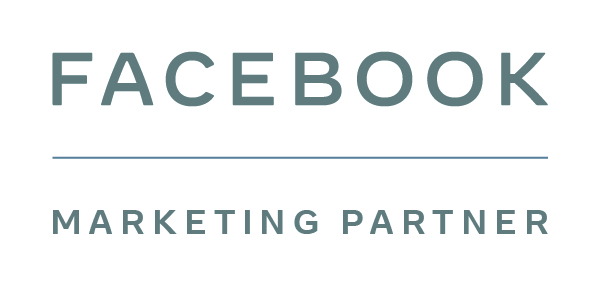With any ecommerce website, one of the greatest challenges is attracting visitors. From e-mail marketing and social media to pay-per-click advertising, there are countless ways to direct traffic to your store. The question is: which one is the best fit for your business?
Experimenting with countless digital marketing techniques can be an exhausting and complicated process. But, when you finally find the right combination and traffic floods in, now is the time to relax and watch your digital cash till ring, right? Wrong! Now is the time to shape your traffic…
So, what is traffic shaping?
Like it or not, your ecommerce store is a maze. A puzzle to be solved, with multiple entrances and goals. You may have spent hours, days and week planning the architecture of your ecommerce website. Unfortunately, it’s still a labyrinth, complete with dead ends and false paths.
So, what’s the answer? Quite simply, traffic shaping. Imagine that your website is a matrix of interweaving streams and babbling brooks. And your website visitors are water, passing through your network of waterways. The water can move through your network independently and indiscriminately. Alternatively, you can take your matrix of streams and babbling brooks and shape them into select rivers, all of which you strategically direct in specific directions.
With traffic shaping, your job is to provide website visitors with the next logical step, and always drive them towards a particular action. Previously, they may have bounced from your Home page to About page, checked out your team’s social media accounts and – before you know it – they’ve jumped ship to Twitter to see the latest seminar photo your Marketing Manager shared. And what happens next? You’ve lost another potential customer. If this sounds familiar…
It’s time to shape your traffic
- Step 1 – Identify the webpage on your store with the most traffic, but the lowest conversion rates
These webpages (typically called source pages) are potential dams in your network of waterways, chocked to the rafters with traffic that’s going nowhere fast. You’re going to redirect this traffic elsewhere. If any of these webpages have a particularly high bounce rate, they are a prime target for traffic shaping. - Step 2 – Identify the webpage on your store with the highest conversion rates
If you remove the dam, where should your traffic go? Choose relevant target pages on your store with high conversions rates. You might have several possible types of conversions, so list them in order of importance. For example, a mailing list sign-up is a good outcome, but a sale would be better. - Step 3 – Create a pathway
Once you have a source and target page, it’s time to create a pathway. Use clear, bold call-to-actions to create the bridge. Overlays are a popular and effective solution. - Step 4 – Incentivise the pathway
Providing the pathway is just half the battle. With incentives, you can urge people to follow your new route. Try using urgency or offering something in return.
For example, let’s suppose we’ve chosen a blog (our source page) about this year’s trendiest gadgets. These readers are interested in the newest, coolest tech release in town, so let’s get them to a mailing list sign-up page – perhaps they want to hear about brand new products as soon as they hit your shelves… As an incentive, we’re going to offer a 5% shop discount to all new subscribers. Easy, right?
Re-shape your ecommerce store with Fluid Digital
If you’d like to boost your ecommerce store’s ROI, we can help at Fluid Digital. Our award-winning team bring offer unparalleled ecommerce web design, CRO and PPC services to businesses worldwide. To find out how we can help you maximise online revenue in 2017, speak to one of our advisors today.





